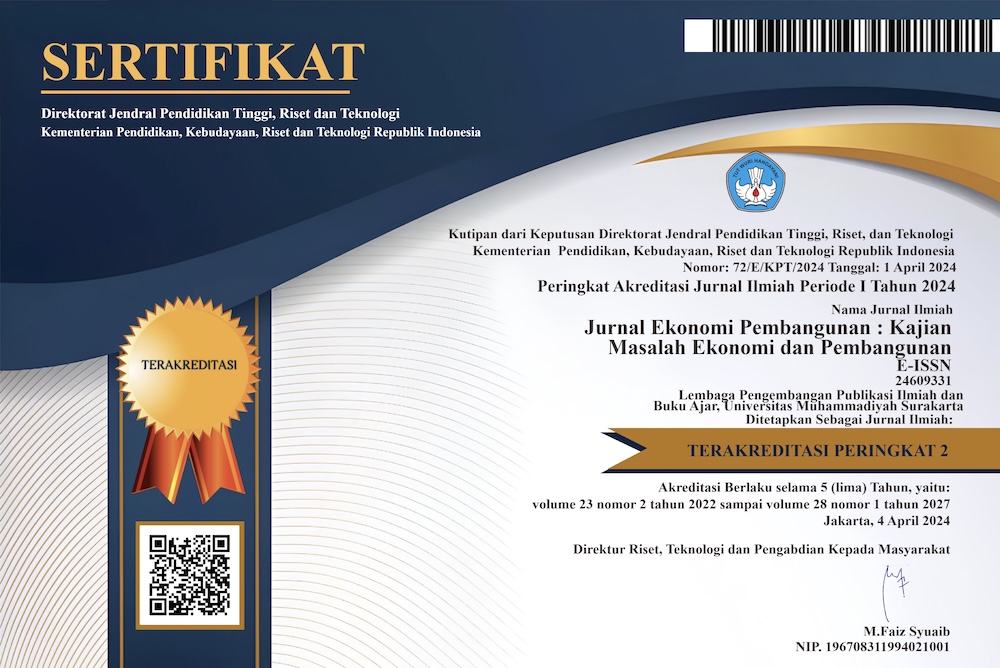Sustainable Livelihood Framework Approach of Communities in Agricultural Sector of Middle Mahakam River, East Kalimantan Indonesia
DOI:
https://doi.org/10.23917/jep.v22i2.15569Keywords:
farmer, fisherman, Sustainable livelihood strategies, Mahakam RiverAbstract
The Mahakam Watershed (DAS) supports various economic activities such as; coal mining, oil and gas mining, plantation activities, agriculture, fisheries and forestry. As a result of these activities, the Mahakam watershed experiences various problems, such as: water pollution and siltation. These impacts disrupt fishing and agricultural activities. Therefore, this study aims to analyze sustainable livelihood strategies for people who work as fishermen, fish farming and farmers. The sample in this study was selected using a purposive sampling technique, and to obtain data a structured interview technique was used through a questionnaire. Then data collected were analyzed using the Sustainable Livelihood Framework (SLF) approach. Based on the results of the analysis, the group of capture fishermen are at a low level of sustainable livelihoods, and groups of fish cultivators and farmers are at a high level of sustainable livelihoods.















